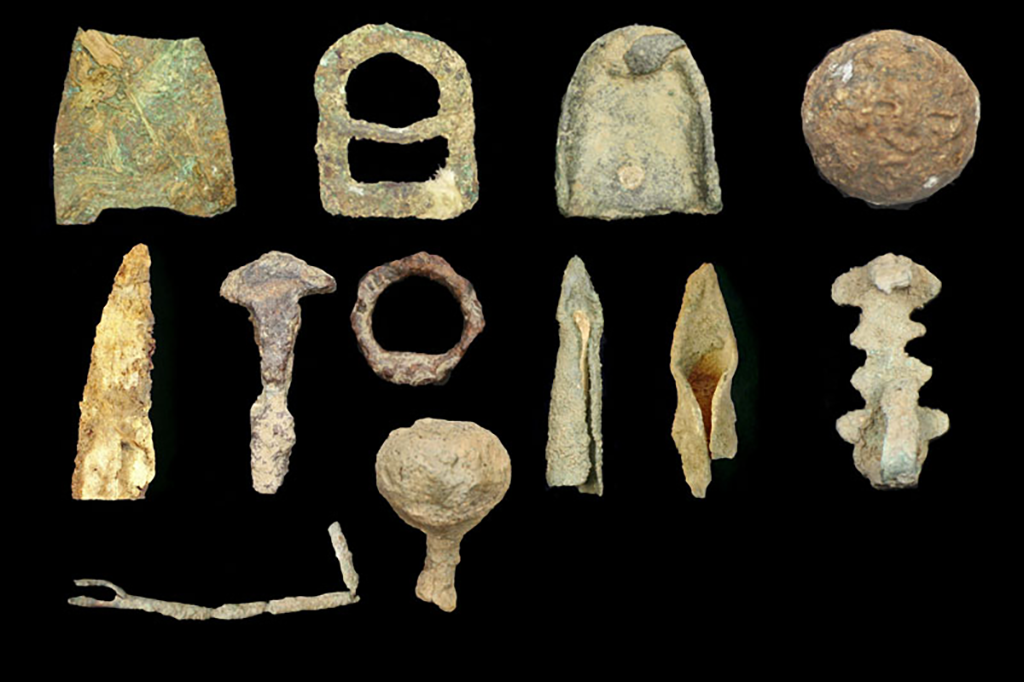The Pueblo Revolt stands as the single instance in which a group of indigenous people in the Americas were able to force the complete abandonment of a European colony. Since that time, historians, anthropologists, popular writers, and various others have spent much ink in attempts to analyze and understand the reasons for its success. To this day, it is the subject of major debates.
The history of the revolt, as well as the history of seventeenth-century New Mexico more broadly, is obscured in large part due to the scarcity of remaining documentation. In 1680, Pueblo warriors destroyed colonial archives in Santa Fe, along with Catholic religious symbols and other markers of Spanish rule. Researchers long believed that the lack of documentation meant that this chapter in New Mexico’s history could not be written. Early in the twentieth century, however, historian France V. Scholes utilized Inquisition records and administrative communications held in Mexico City and Madrid to prove otherwise.
Major differences in interpretation have resulted from multiple readings of the same limited source base. The existing records include those mentioned above, as well as testimonies of Pueblo people taken by Spaniards in the years between the revolt and the reconquest. Institutional records raise a number of problems for researchers. As one historian has noted, New Mexico’s early governors have traditionally been presented in a negative light because “the documents are strongly biased against them.”24 Conflicts between governors and Franciscans began almost immediately after Pedro de Peralta’s appointment as governor. Franciscan prelate Isidro de Ordoñez excommunicated Peralta following a public dispute during which the governor fired a weapon at the prelate (the shot missed). Similar disputes between Franciscans and governors colored the rest of the period between 1609 and 1680. Several governors were excommunicated, and various others were tried by the Inquisition. As these examples suggest, records penned by Franciscans that tell of governors’ excesses and abuses must be read with a grain of salt.
More recent anthropological studies and work with oral histories attempt to provide a native perspective on seventeenth-century New Mexico. Although the field of history has traditionally been based on the analysis of written texts, historians are increasingly turning to archaeological and oral-history evidence to fill in gaps in the written record. By taking all of these different types of evidence into account, we are able to arrive at a more complete picture of the early colony and the Pueblo Revolt. Yet, both written and oral sources must be interpreted with a critical eye.

Courtesy of Matthew Schmader
Research questions can also influence the way that the story of the past is told. One of the most difficult questions to address is why it took eighty-two years for the Pueblos and their allies to wage a successful rebellion against Spanish rule. This question requires historians to move beyond simplistic portraits of early New Mexico as a place of Pueblo-versus-Spanish religious strife. Neither do analyses of the abuse of encomienda and repartimiento fully address the revolt’s delayed timing. Debates over the relative weight of factors such as religious conflict, violence, cultural exchange, and late-seventeenth-century drought and famine, answer the question in different ways. Some writers characterize the Pueblos as an extremely patient group of people who endured violent repression and waited for the opportune moment to throw off the yoke of colonization. Others focus on accommodations that Pueblos made in order to make Spanish rule more bearable. This second group points to the crisis of drought and famine as the central cause of the revolt, while the first school of thought holds that religious difference and cultural incompatibilities were the principal reasons for the uprising.